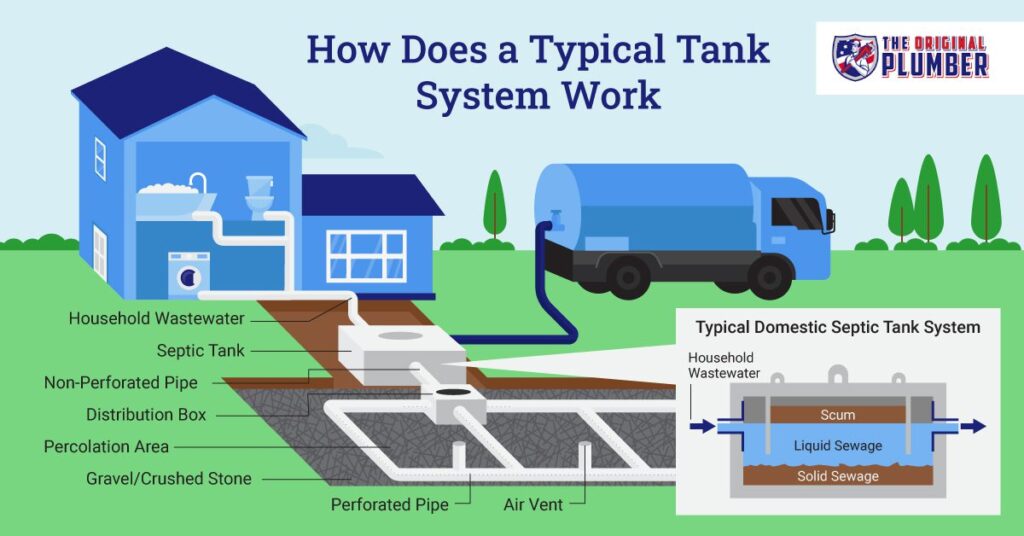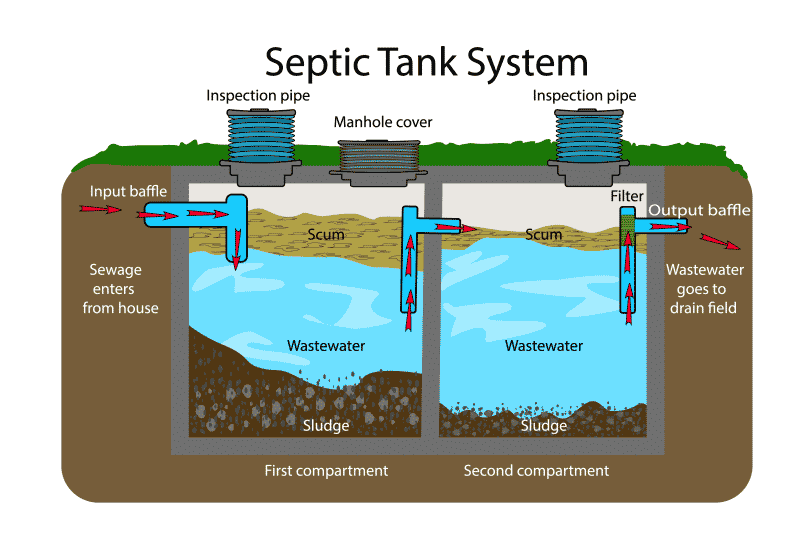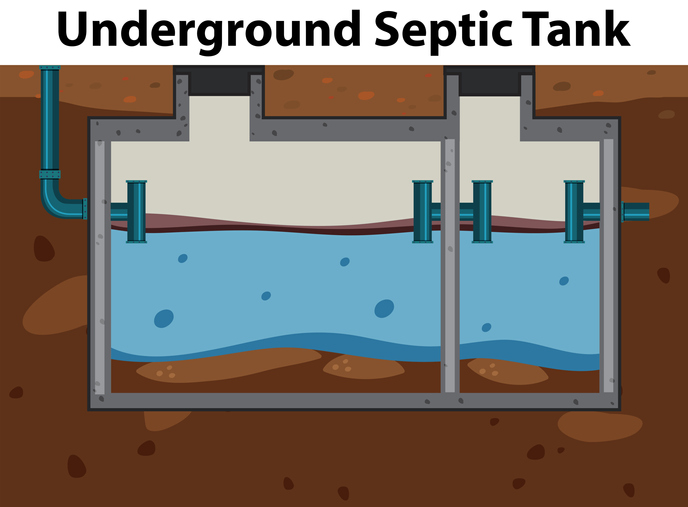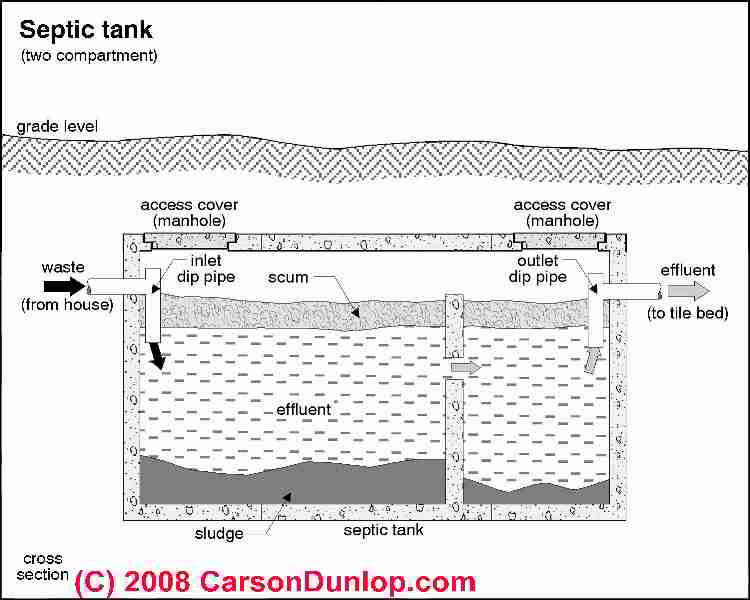Hey there! Have you ever wondered how long it takes to pump a septic tank? If you’re a homeowner with a septic system, it’s definitely something worth knowing. Understanding the process and timeline can help you plan for maintenance and prevent any unexpected issues down the line. So, let’s dive in and explore everything you need to know!
In this article, we’ll take a closer look at the process of pumping a septic tank and discuss how long it usually takes. We’ll walk you through the steps involved, from locating the tank to draining and cleaning it. You’ll also learn about factors that can affect the timeline, such as the size of your tank and the condition it’s in. So, if you’re curious about septic system maintenance and want to ensure a smooth-running system, keep reading!
Septic Tank Pumping Process
Inspection of the Septic Tank
Before beginning the process of pumping a septic tank, it is important to inspect the tank to ensure it is in good condition. This inspection includes checking for any cracks, leaks, or other damages that may affect the pumping process or the functionality of the tank.
Locating the Access Point
The next step in the septic tank pumping process is to locate the access point of the tank. This is usually a small opening on the surface of the ground that provides access to the tank’s interior. Locating the access point is essential for the efficient and safe pumping of the tank.
Opening the Access Point
Once the access point is located, it needs to be opened to allow for the pumping process. This can be done using specialized tools that are designed to open the access point without causing any damage to the tank or the surrounding area.
Pumping the Septic Tank
With the access point open, the next step is to start pumping the septic tank. This is done using a powerful vacuum truck or pump that is designed to remove the waste and sludge from the tank. The pumping process can take anywhere from 30 minutes to a few hours, depending on various factors.
Inspecting the Effluent Filter
After the tank has been pumped, it is important to inspect the effluent filter. This filter helps to prevent solid waste from escaping into the drain field. If the filter is clogged or damaged, it needs to be cleaned or replaced to ensure the proper functioning of the septic system.
Factors Affecting Pumping Duration
Size of the Septic Tank
The size of the septic tank plays a significant role in the pumping duration. Smaller tanks with a capacity of 500 to 750 gallons can be pumped relatively quickly, usually within 30 minutes to an hour. Larger tanks with capacities of 1,000 gallons or more may take longer to pump, typically around two to three hours.
Level of Waste Accumulation
The level of waste accumulation in the septic tank also affects the pumping duration. If the tank has not been pumped for several years and has a large amount of solid waste and sludge, the pumping process may take longer to ensure that all the waste is thoroughly removed.
Access Point Accessibility
The accessibility of the access point can also impact the pumping duration. If the access point is easily accessible and located close to the surface, the pumping process will be quicker. However, if the access point is buried deep or obstructed by landscaping or structures, it may take more time to reach and pump the tank.
Efficiency of the Pumping Equipment
The efficiency of the pumping equipment used can significantly affect the pumping duration. High-quality vacuum trucks or pumps are designed to handle the pumping process efficiently and effectively. Outdated or less efficient equipment may take longer to complete the task.

Average Pumping Time
Residential Septic Tanks
On average, residential septic tanks, typically ranging from 1,000 to 1,500 gallons in capacity, can be pumped within one to two hours. This estimate includes the time required for the inspection, opening the access point, pumping the tank, and inspecting the effluent filter.
Commercial Septic Tanks
Commercial septic tanks, which are usually larger in size and have a higher waste load, may take longer to pump. Depending on the size and level of waste accumulation, pumping a commercial septic tank can take anywhere from three to six hours.
Preparations Before Pumping
Clearing the Area
Before starting the pumping process, it is essential to clear the area around the access point. Remove any debris, vegetation, or objects that may obstruct the pumping equipment or pose safety risks.
Ensuring Safety Precautions
Safety should always be a priority when pumping a septic tank. Make sure to wear proper protective gear, such as gloves and goggles, to prevent any contact with hazardous materials. Additionally, ensure that the pumping equipment is set up correctly and follows all safety guidelines.
Informing Neighbors
If you live in a residential area, it is considerate to inform your neighbors about the septic tank pumping. The process can be noisy and may cause temporary inconveniences, such as restricted access to certain areas. Informing your neighbors beforehand allows them to plan accordingly and minimize any disturbances.

Septic Tank Pumping Frequency
Determining the Frequency
The frequency at which a septic tank needs to be pumped depends on several factors. The size of the tank, the number of people in the household, and the daily water usage all play a role in determining the pumping frequency. On average, septic tanks should be pumped every three to five years for residential properties.
Factors Affecting Pumping Frequency
Certain factors can increase the frequency at which a septic tank needs to be pumped. This includes using a garbage disposal frequently, having a smaller tank, or having a high water usage due to a large number of people in the household. Monitoring these factors and adjusting the pumping schedule accordingly is essential to maintain a healthy septic system.
Signs That Your Septic Tank Needs Pumping
Slow Drains
One of the most common signs that your septic tank needs pumping is slow drains throughout your house. If you notice that water is taking longer to drain in sinks, showers, or toilets, it may be an indication that the tank is full and needs to be pumped.
Foul Odor
A foul odor emanating from the drains or the area around the septic tank can be a clear indicator that it needs pumping. The accumulation of solid waste and sludge can produce unpleasant smells that indicate a full tank.
Pooling Water in the Yard
If you notice pooling water or excessive moisture in the yard around the septic tank area, it could mean that the tank is overflowing. This can be a serious issue that requires immediate pumping to prevent further damage to the septic system and the surrounding environment.

Importance of Regular Septic Tank Pumping
Preventing System Failures
Regular septic tank pumping is crucial in preventing system failures. When a septic tank becomes too full, it can lead to backups, clogs, and even damage to the drain field. Pumping the tank on a regular schedule minimizes the risk of system failures and keeps the septic system functioning properly.
Reducing Environmental Impact
A well-maintained septic system has a minimal impact on the environment. Regular pumping prevents the release of excess nutrients and harmful bacteria into the soil and groundwater, reducing the risk of contamination.
Avoiding Costly Repairs
Neglecting regular septic tank pumping can lead to costly repairs in the future. A full septic tank can cause damage to the system components and may require extensive repairs or even replacement. Regular pumping is a cost-effective preventive measure that helps avoid expensive repairs down the line.
Hiring a Professional Septic Tank Pumping Service
Researching Local Service Providers
When hiring a professional septic tank pumping service, it is important to research and find reputable local service providers. Look for companies with positive reviews and a track record of reliable and efficient service.
Checking Credentials and Experience
Before hiring a service provider, check their credentials and experience in the industry. Ensure that they have the appropriate licenses and certifications to handle septic tank pumping. Experienced professionals are more likely to complete the job efficiently and effectively.
Requesting Cost Estimates
To ensure that you are getting a fair price, it is recommended to request cost estimates from multiple service providers. Compare the estimates and consider other factors such as reputation and experience before making a decision.

DIY Septic Tank Pumping
Risks and Safety Concerns
Pumping a septic tank is a complex process that involves working with potentially hazardous materials. It requires specialized equipment and knowledge to ensure safety and effectiveness. Attempting to pump a septic tank yourself without the necessary experience and equipment can be dangerous and may lead to accidents or damage to the septic system.
Equipment and Tools Needed
To safely and effectively pump a septic tank, you would need a vacuum truck or pump, protective gear, such as gloves and goggles, and the necessary tools to access and open the tank. It is important to note that purchasing or renting this equipment can be expensive and may not be cost-effective for a one-time use.
Disposing of Pumped Waste
Proper disposal of the waste pumped from a septic tank is essential to prevent environmental contamination. Most professional septic tank pumping services have designated facilities for disposing of the waste in a safe and legal manner. If attempting DIY pumping, it is crucial to research and follow local regulations for waste disposal.
Conclusion
Understanding the process and timeline of septic tank pumping is essential for homeowners and property owners who rely on septic systems. The time it takes to pump a septic tank depends on factors such as tank size, waste accumulation, and accessibility. Regular pumping is important to prevent system failures, reduce environmental impact, and avoid costly repairs. Whether you choose to hire a professional septic tank pumping service or attempt DIY pumping, prioritize safety and consider the long-term benefits of maintaining a healthy septic system.

